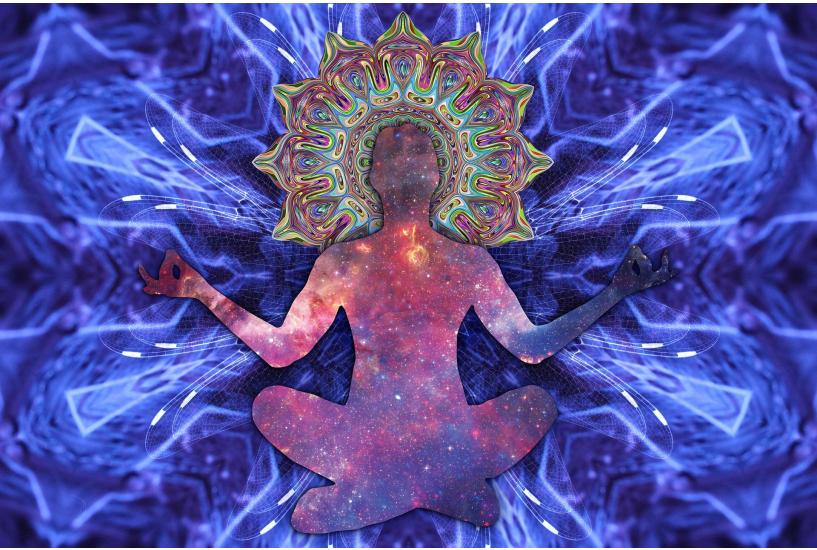Ganesh Baba and Kriya Yoga
by Keith G. Lowenstein, M.D., author of Kriya Yoga for Self-Discovery
The passage of time seems to possess an uncanny way of marinating knowledge and transforming it into seeds of wisdom. It was some thirty-eight years ago, in the springtime, that I first met Ganesh Baba.
Ganesh Baba was a lively, spirited Indian man in orange sadhu clothes and a genius in his own right. His genius was that he had a keen ability to look at a variety of yogic and meditation techniques, philosophies, and experiences and distill them down to their most essential parts. He then combined them in the ways that made them simpler to use. This also made them surprisingly effective and allowed a dissemination of knowledge that conformed to the most accessible language based in Western science.
His first task was finding English words to take the place of what historically had been expressed in Sanskrit, Bengali, Hindu, or other languages of the Indian subcontinent because many of these terms have a variety of definitions when translated into English and often lead to misunderstandings by westerners. In general, he succeeded, although in this most recent reiteration of Kriya yoga, the terms have been adjusted based on cultural changes and understandings. These adjustments are consistent with how Ganesh Baba taught his students.
Once he removed obtuse Sanskrit terms that could easily swallow a student’s attention and distract from the ease of the practice, he simplified complicated routines of multiple postures, various perceived austerities, long hours in isolation, rituals, faiths, and superstitions, presenting them in a clear and systematic fashion. He hoped to inspire the younger generations as well as reach the elders and insisted this knowledge be spoken about and written in English to reach the largest possible audience. His intention was to bring what was then the esoteric practice of yogic meditation to lay people of the Western world. There were many taboos surrounding who could be taught these techniques, which had previously been largely relegated to monks. However, Ganesh Baba started offering these practices to householders and individuals. And, more generally, these restrictions have been slowly fraying and breaking down over the past 150 years.
Ganesh Baba was educated in British India. He was a householder himself working in business and always studying science. He lived through India’s independence before becoming a monk at around forty years of age. He had many teachers and gleaned from each of their teachings a highly synthesized model that integrated the science of his generation with the ancient philosophies of the Vedanta (a school of Indian philosophy). What makes his contribution unique was that he distilled the practice so as to preserve its essence while enhancing its efficacy.
Ganesh Baba was fully aware of the challenges of the westerner’s plight: that our attention span suffers from many distractions. He was also acutely aware of the changes in society and envisioned Kriya as a way to help spiritualize the population and help spark a revolution! He saw the hippy movement as the second coming, a new consciousness that opened the world to a larger awareness, but he also saw the increase in drug use as a potential distraction.
Ganesh Baba’s wish was to see a shift in the collective consciousness of humanity. He hoped that Kriya would be a light for others to follow toward inner peace and awakening. Modalities like Kriya yoga provide self-regulatory methods needed by all throughout the world. These basic skills can offer both adults and children a foundation for holistic living and help them develop their innate abilities, self-love, and creative expression. These practices provide a basis for well-being as well as healthy coping mechanisms for stress reduction.
Within a few days of our meeting, Ganesh Baba proclaimed I would soon be teaching others. A thought I quickly put out of my mind, but by that autumn I was teaching classes next to him. Before the end of our first year together he was instructing me to transfer the teachings to visiting students who were coming for instruction from other countries. It was from that point forward that he placed me in the primary teaching role for some students. I’ve not taken the responsibility lightly and have provided mostly private instruction over the years. It is now time to begin the transfer of these teachings to the next generation and to follow the instructions of Ganesh Baba’s teachers to leave “footprints on the sands of time,” as Longfellow once put it. It is only through our relationship with others that we can all hopefully move forward on the evolutionary path that the master yoga practitioners see as Self-Realization, or the direct experience of the essence of all religion. My book, Kriya Yoga for Self-Discovery, is my humble attempt to honor the teachers in the various lineages that have contributed to my own Kriya journey.
Kriya yoga is a technique that can help humans accelerate their spiritual evolution. Of course, we must practice regularly with focus, intensity, and a deep inner yearning in order to experience our infinitely dimensional universe. One element that Ganesh Baba and I spent a considerable amount of time exploring was that of spiritualization: what it is and how to achieve it. Spiritualization is the activation of our acutely specialized and highly evolved central nervous system, which acts as an antenna for refining energies that exist beyond the physical body. It is thought to be more like a lightning rod for metaphysical awareness.
What Kriya yoga gives us is a fast track to touching divinity, cultivating relationship with Spirit, and understanding Ultimate Universal Unity in such a way that we can easily experience ourselves belonging to it. This is not to say that an individual cannot be motivated by the equanimity that can come about from any reflective process, but it may not be enough to move the individual forward. Ultimately, it should be understood that the deep work of meditation, which is outlined very nicely in Buddhist texts, only begins to occur once deeper levels of mindfulness and contemplation are arrived at. The practice of Kriya yoga has the capacity to provide the foundation needed to achieve this. We may call upon this wisdom as an initiator for the moral and ethical evolution of our humanity, something deeply needed both socially and culturally at this time.
The teachings you find here are a product of multiple lineages based in Kriya yoga; Advaita Vedanta, a nondualist Indian philosophy; the Bhagavad Gita; and Patajali’s Yoga Sutras, which describes the philosophy and practice of yoga and is the root of raja yoga. In addition, Sri Aurobindo—whose work is often referred to as “the yoga of synthesis”— was also influential in Ganesh Baba’s studies. Sri Aurobindo’s work is another modern interpretation of Advaita Vedanta philosophy, which is traced back to the oldest Upanishads.
Ganesh Baba had many other teachers, and their full power remains in every teaching that was passed down to him, as well as their students and their students’ students. I had the rare fortune to be Ganesh Baba’s student as a young adult, and also received direct instruction from Paramahansa Hariharananda during the same time. It just so happens that the lines of Kriya I have been exposed to are all from disciples of Lahiri Mahasaya that are described in Autobiography of a Yoga by Paramahansa Yogananda. While preparing this book I had the opportunity to meet, speak, and practice Kriya with Paramahansa Prajnanananda whom Swami Hariharanada appointed to continue his lineage. Paramahansa Prajnanananda embodies all that is wonderful in Kriya. In recent years I was also able to speak with and experience the teaching of Swami Pranabananada through his student’s student Sri Mukherjee.
This broad exposure to the various interpretations of Lahiri’s Kriya superimposed on a very solid base provided by Ganesh Baba and forty years of practice has allowed me to obtain deeper insights into some of the finer practices of Kriya. It is my hope that you may find this Kriya path to be illuminating and life-changing, as so many who have come before us worked diligently to keep it alive.
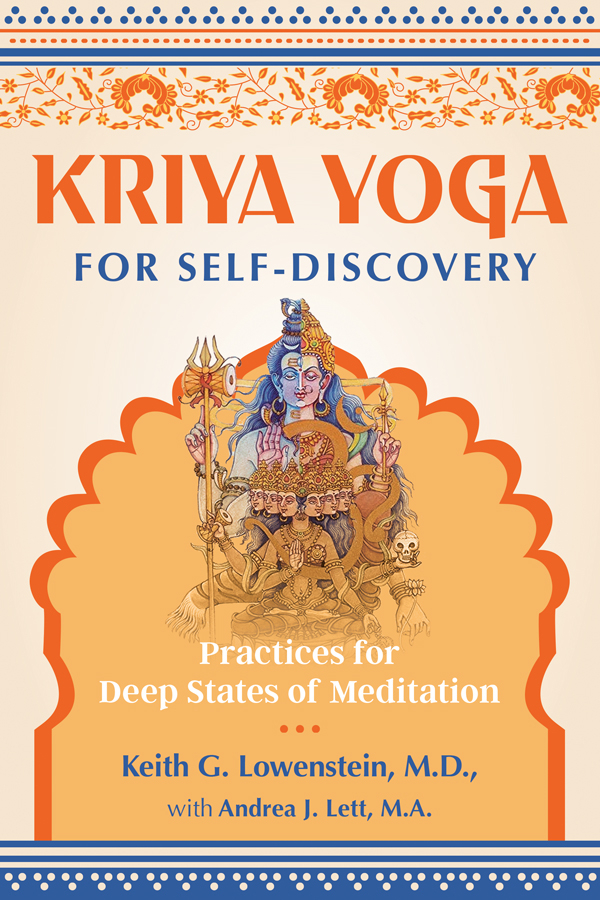 |
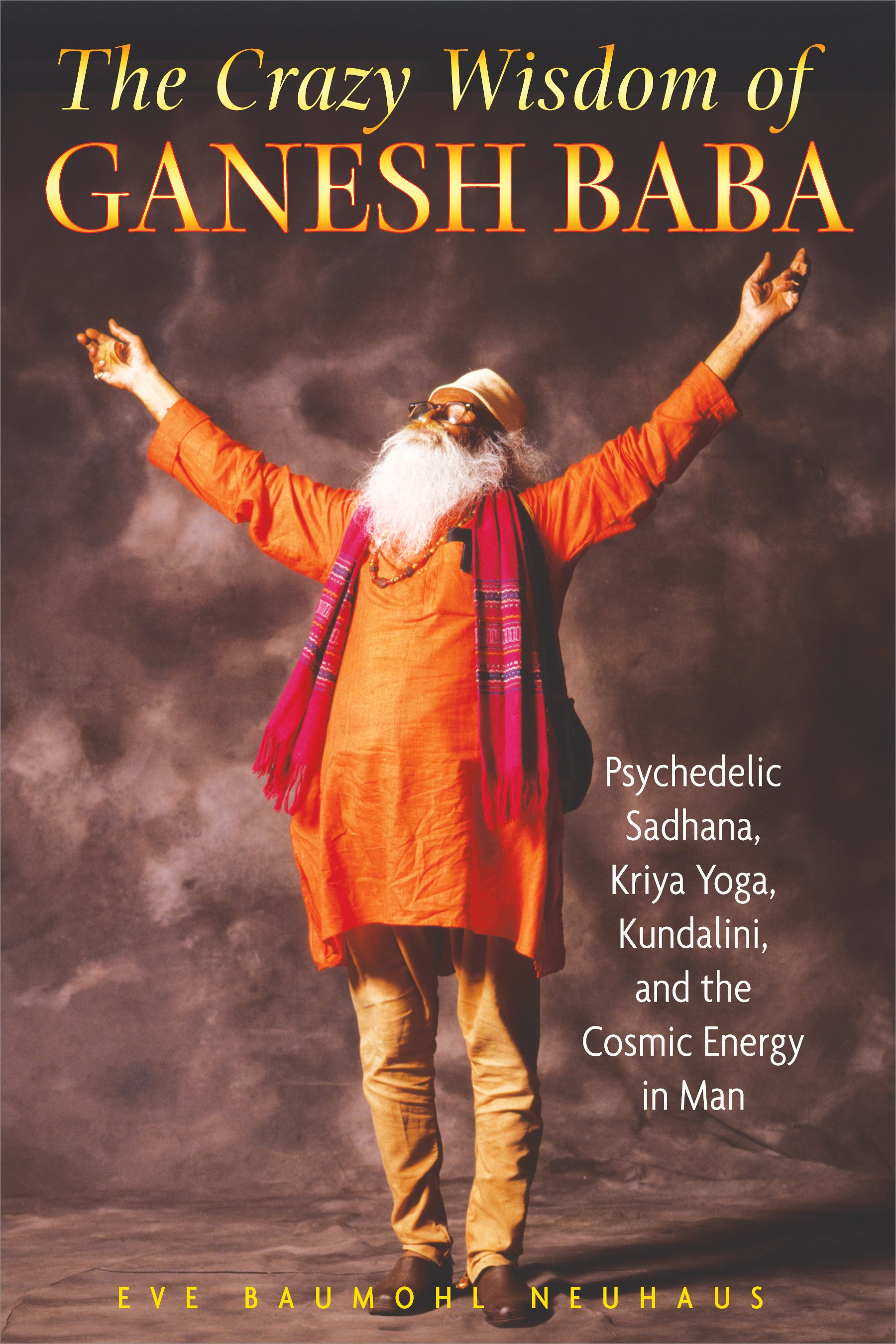 |
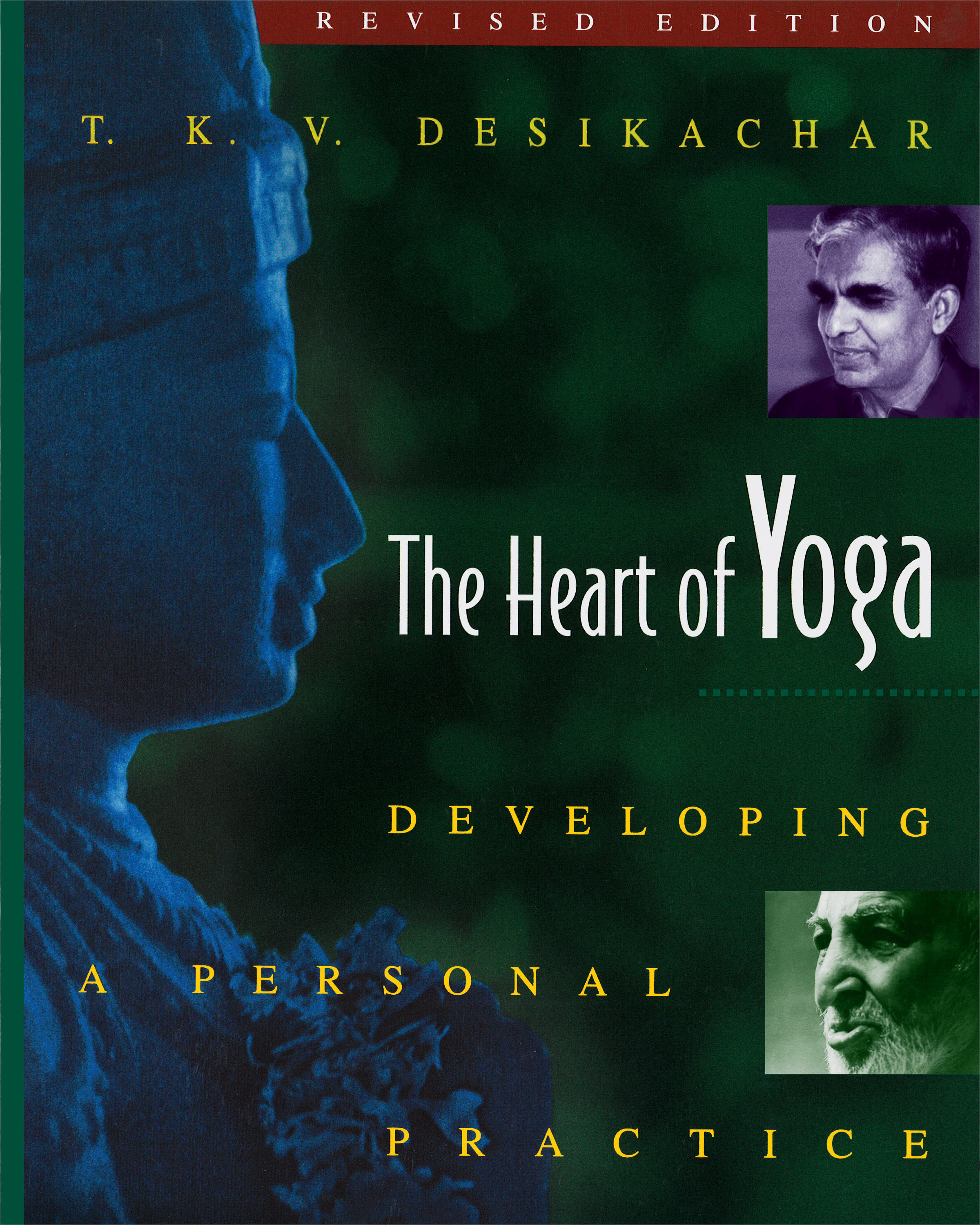 |
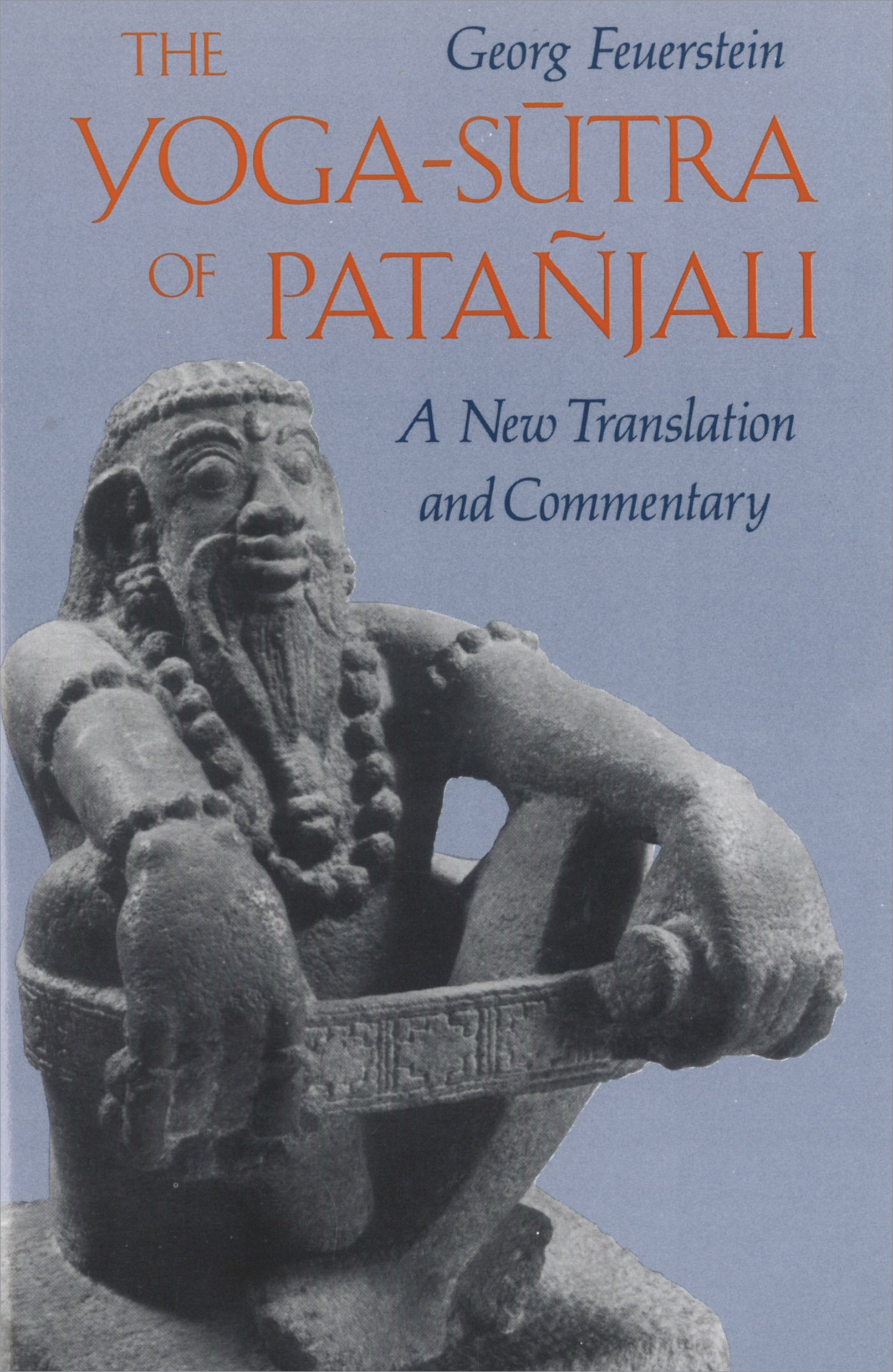 |
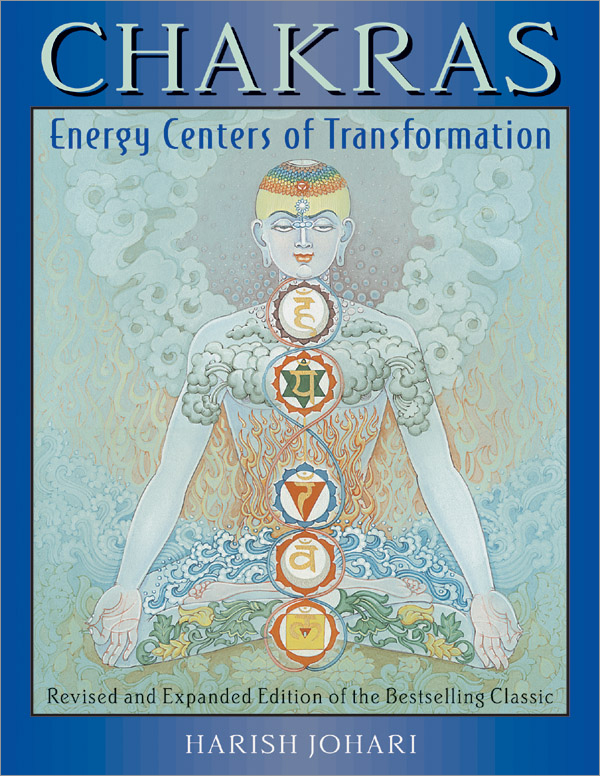 |


